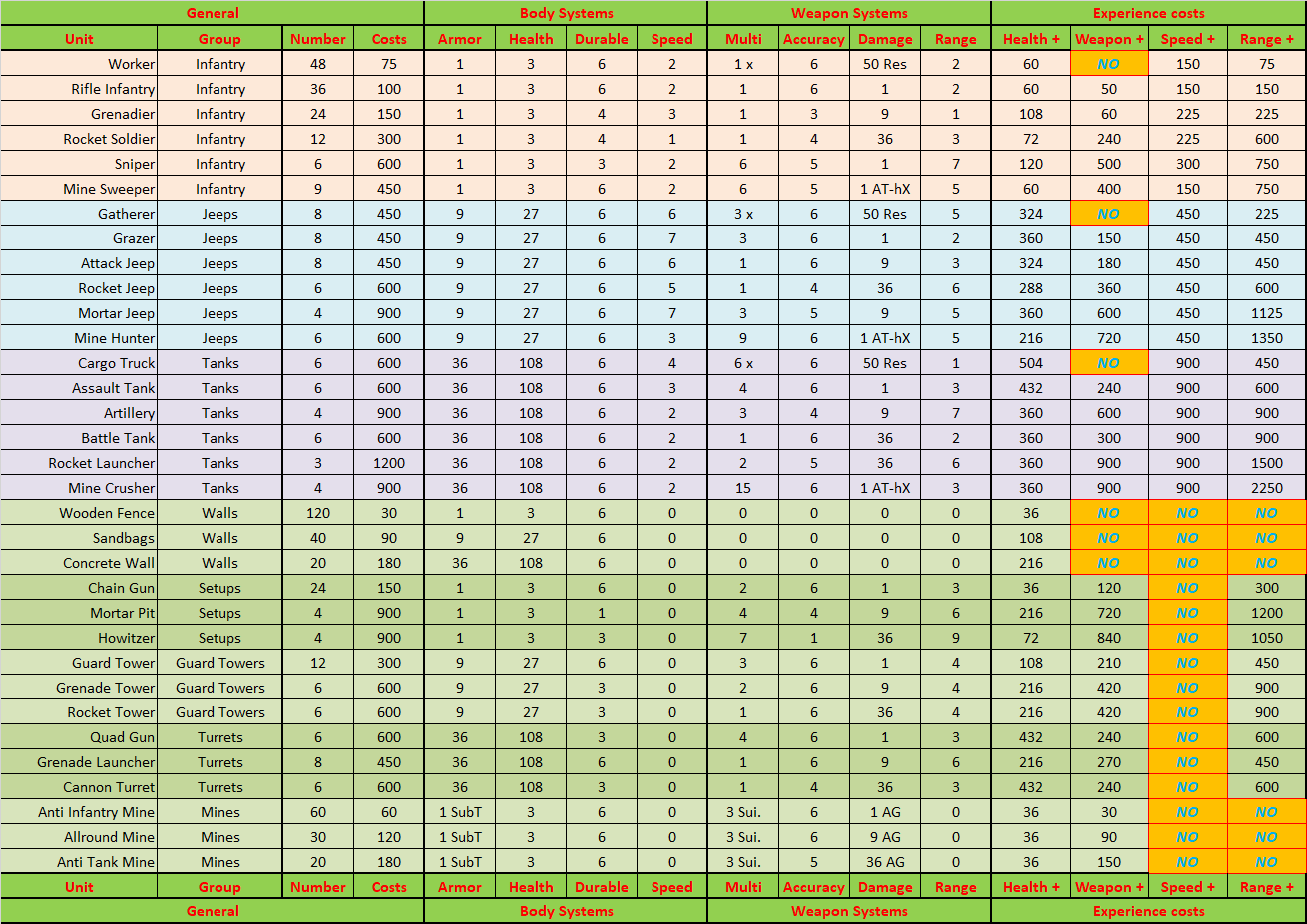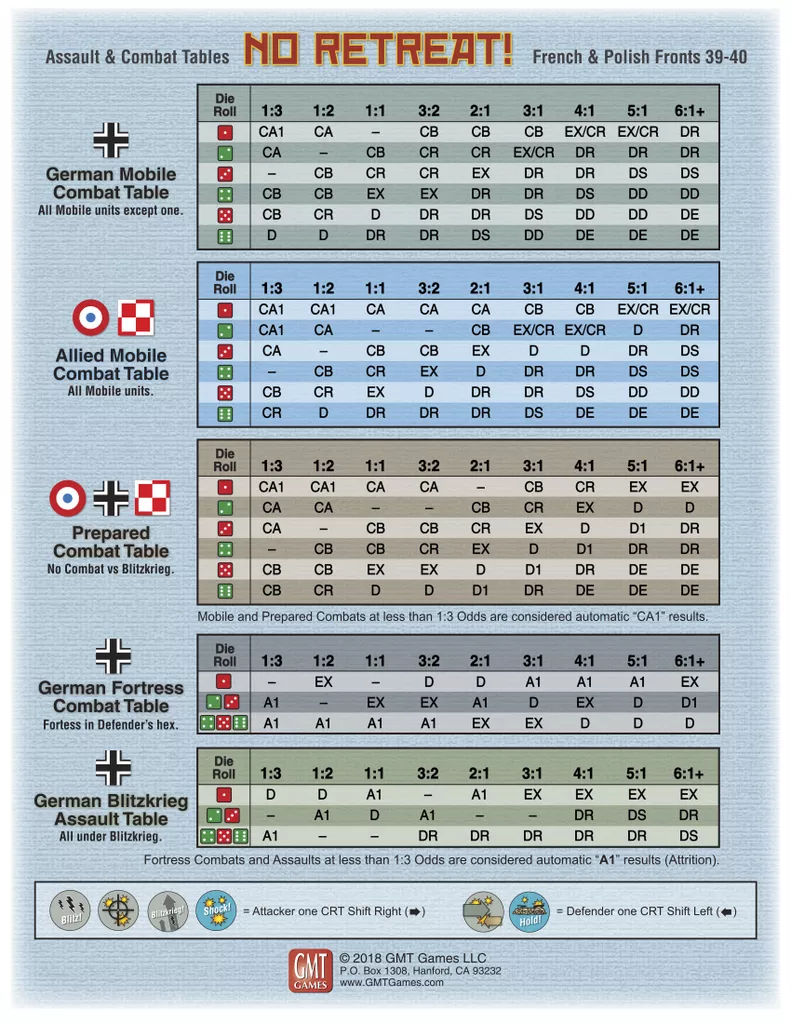Gona try to do this without burning my hands.
I already made a plan.
A total of 5 CRT that act for a quicker accuracy roll.
1 CRT that will act for a quicker damage roll.
Where I used to roll 80 dice....
Well, I am looking at, at least 2, to at most 6 dice.
So, if a player needs 7 dice according to the unit stats.... a CRT is needed.
If a player needs only "less" dice than the number of dice used for the CRT. It is just those dice rolled old fashioned way.
***
Right, if you have something to say about the above. Ok...
But the main question of me would be.
What is a comfortable width of a CRT?
How much columns would be best?
Seeing how the players are going to add up the pips.
The number of columns including the "input" would be 12, 17, 22, 27 or 32.









Because...
Well, I am sure you can think of all the reasons.